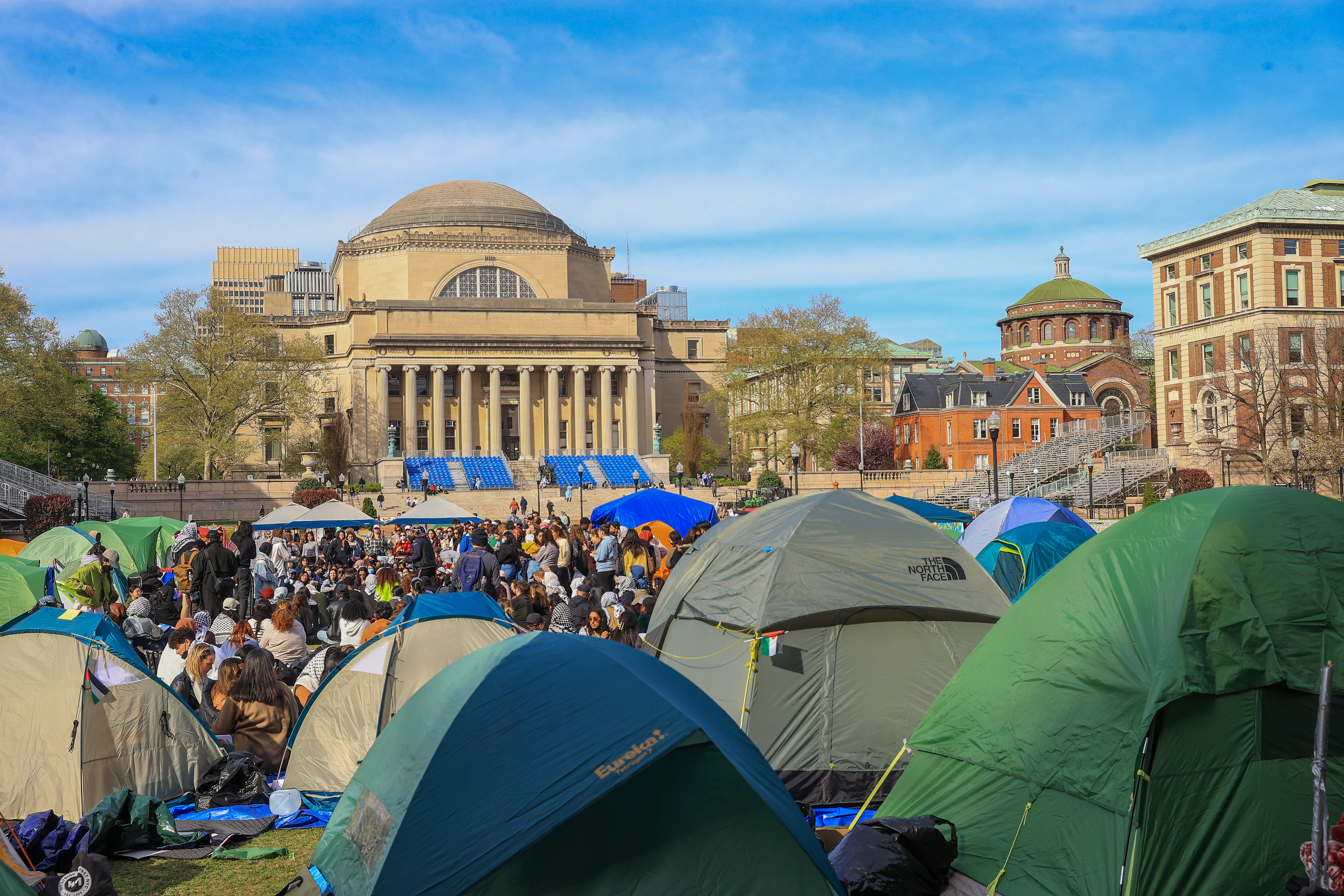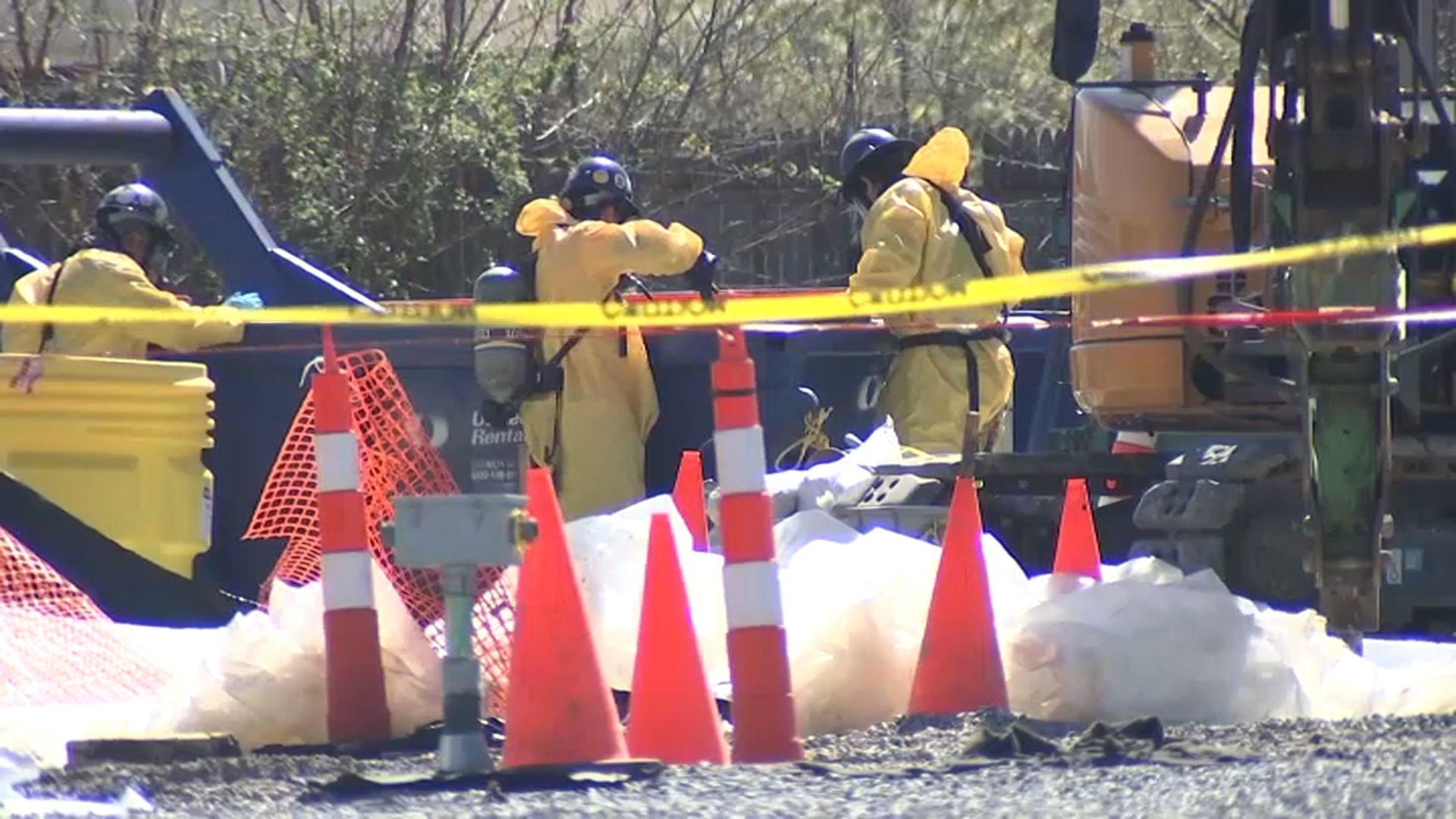One hundred and twenty-nine years ago this week, Greater New York was born. The dream of a great engineer was fulfilled. The Brooklyn Bridge was completed on May 24,1883, joining two great cities, Brooklyn and New York. On a beautiful, sunny day the President of the United States came to New York to dedicate this bridge and help New Yorkers celebrate.
This bridge is more than an engineering wonder -- at the time of its construction the 3,460-foot structure was the longest suspension bridge in the world. The blend of steel and cable wire gave it grace and beauty.
The bridge evoked the romance of New York.
The grand towers, the caissons sunk deep into the waters of the East River, the braided cables can be seen as a symbol of a striving for greatness. The history of the bridge’s construction, with its tragic overtones, should fill every New Yorker with awe -- and pride.
The story involves: a father and son, with stubborn courage; a wife, as courageous, who helped make the dream come true; and a family that sacrificed their lives in the effort.
John Augustus Roebling was a German immigrant who persuaded a group of wealthy businessmen to build a bridge across the East River. For many years, the only way to go between the two cities was by ferryboat. It was slow going during winter months when snow clogged the river.
In 1870, work on the bridge began. Granite and limestone towers would rise on each side of the river. As Roebling stood on a Brooklyn pier supervising the operation, a ferryboat collided with the pier, crushing his foot. He died of tetanus 18 days later, the first of more than two dozen people who would die building the bridge.
Local
His 32-year-old son, Washington A. Roebling, took over. He wanted to fulfill his father’s dream. But tragedy struck again. Roebling went down below the water in a caisson to supervise work on the structure that would help hold the bridge in place.
At the time little was known about the pressure disease called "the bends" that afflicted people who worked below the surface of the water. Roebling suffered from it for the rest of his life. He was partially paralyzed and the sound of a human voice became unbearable to him.
From the bed in a room on Brooklyn Heights, Roebling supervised the hundreds of workers on the bridge. He used a long spy glass to oversee the operation and sent his wife, Emily, to relay orders to the workers during each day.
On the day the bridge opened, special trains brought visitors to New York from far and wide. Writers called the bridge "the eighth wonder of the world." After a jubilant ceremony held in the middle of the bridge, President Chester Arthur, Grover Cleveland, who was then the governor of New York State, and the mayors of Brooklyn and New York walked over to Roebling’s home on the Brooklyn side.
They bowed and paid tribute to the engineer and his wife and, that night, fireworks lighted up the sky as New York celebrated this momentous event in its history. As guns boomed and a band played "Hail to the Chief," flags were flying and the sound of boat whistles filled the air.
The bridge has experienced other tragedies. A few days after the opening, a rumor spread that the bridge was falling down. There was a panic and a stampede. A dozen people were crushed to death, 35 others injured.
In 1994, Ari Halberstam, and several other Brooklyn Yeshiva students were sprayed by bullets in a van on the bridge. Halberstam died.
In recent years, the bridge has been at the center of other New York dramas. Wall Street marchers have been arrested in demonstrations against corporate greed that spilled on to the bridge. When the city was tied up by a subway strike, New Yorkers can remember pictures of a grinning Mayor Koch welcoming commuters coming off the promenade into Manhattan.
The bridge connects the two largest boroughs. It recalls triumph and tragedy. It has inspired generation after generation of New Yorkers.



